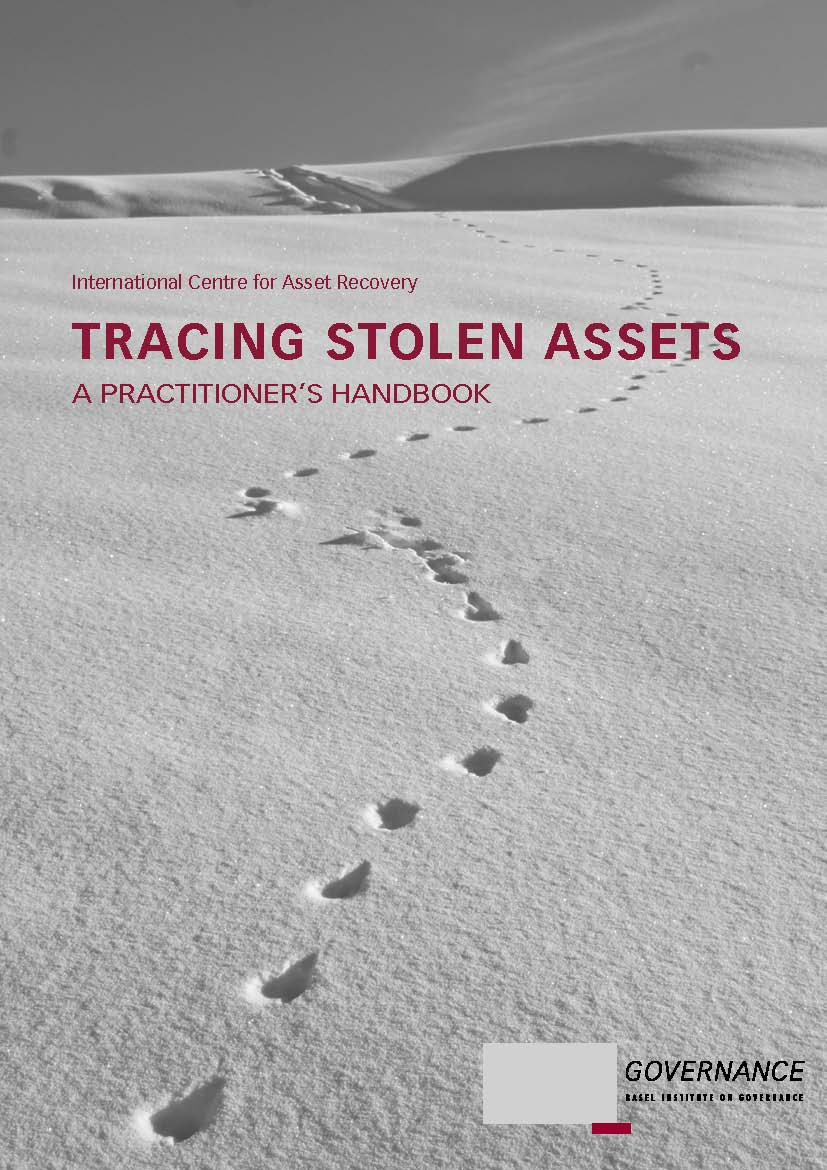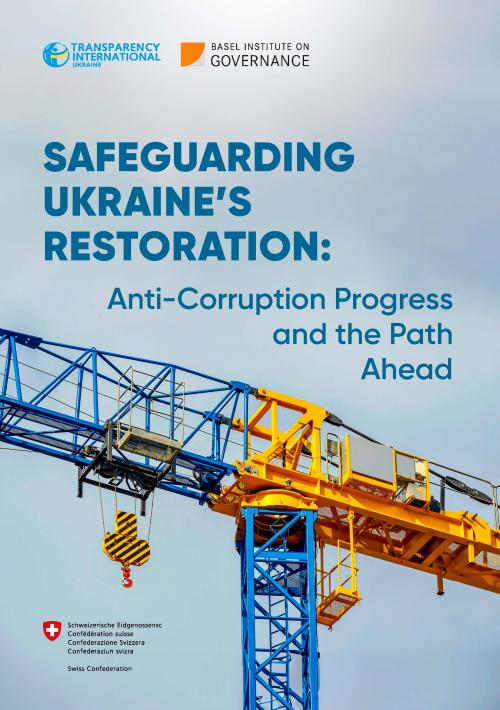Tracing Stolen Assets - A Practitioner's Handbook
In many countries, criminal investigations are primarily directed towards the investigation of the underlying criminality. It is still comparatively rare for investigators, as a routine part of the investigation of major proceeds-generating offences, to “follow the money”. To trace money and property successfully, the investigator must be equipped to uncover and identify ownership interests often camouflaged by changes in the form and nature of the ownership.
This handbook aims to provide practical guidance to the investigator to the point where judicial proceedings aimed at the forfeiture or confiscation of the proceeds of crime may be instituted. It not only covers the pre-investigative and investigative stages during which information is collated and verified and assets are identified and located. It also provides guidance aimed at the freezing or seizure of assets.
It is not the intention of this handbook to deal exhaustively with the entire process in terms of which assets are ultimately forfeited or confiscated. However, the authors do highlight some of the major steps an investigator needs to take in order to ensure a thorough and effective asset tracing investigation.
Links and other languages




